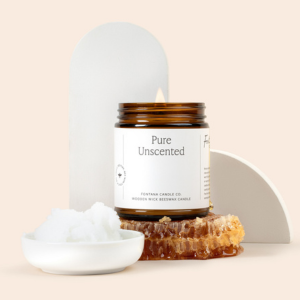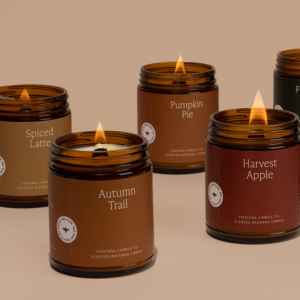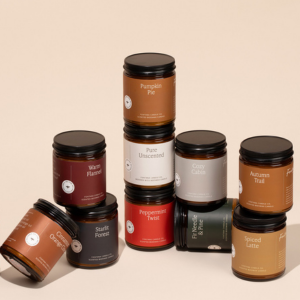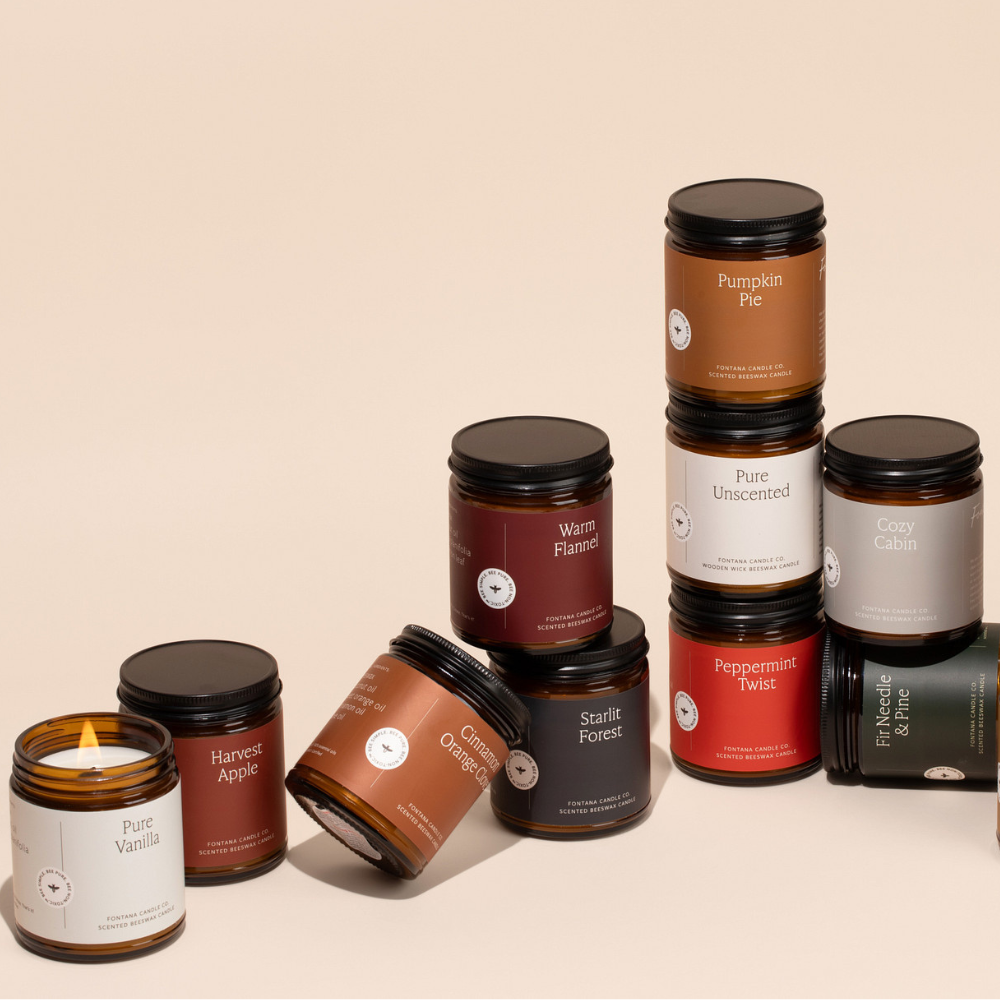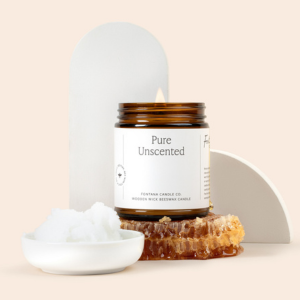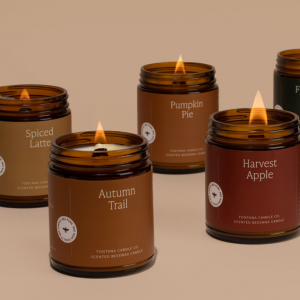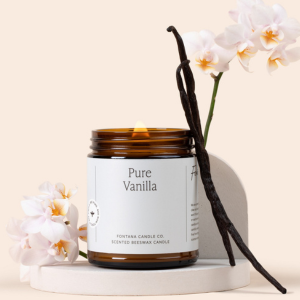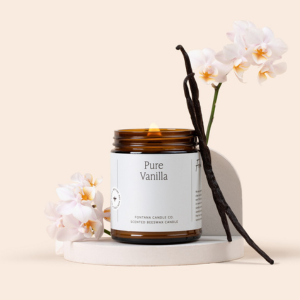Seasonal Toxin Exposure: What's in Fake Fog?

If you attend a party or visit a haunted house this Halloween season, you may see a fog machine creating a spooky atmosphere. When it comes to your health, fake fog is spookier than it looks.
While many brands of liquid fog are FDA approved, they still come with lots of warnings and use regulations. While it’s recommended to only use fog machines in well-ventilated areas with good air circulation, even then the smoke can be hazardous to inhale. Liquid fogs often include chemicals like Propylene glycol (antifreeze) and unknown mixtures of fragrance oil to mask the real smell of the fog.
According to studies by the ACAAI (American College of Allergy, Asthma, and Immunology), fog machines and Glycol-based smoke are not entirely safe, especially among certain populations. They recommend limiting its use around those with breathing difficulties (like common asthma or COPD), young children, elderly people, and pets, but the ACAAI also notes that even those outside of these sensitive populations may experience adverse effects.
Short term exposure to artificial fog may include wheezing, shortness of breath, dizziness, difficulty breathing, coughing, eye irritation, headache, nausea. Because Glycol-based mixtures can change the composition of the air, if used in confined spaces, it could also result in drowsiness or fainting.
Extended exposure to fog machines, especially in the entertainment industry, has been studied to cause short and long-term health problems.
Want a safer spooky ambiance? Turn the lights off and light a bunch of flickering Fontana candles
Sources:
- Tags: indoor air non-toxic living toxins

